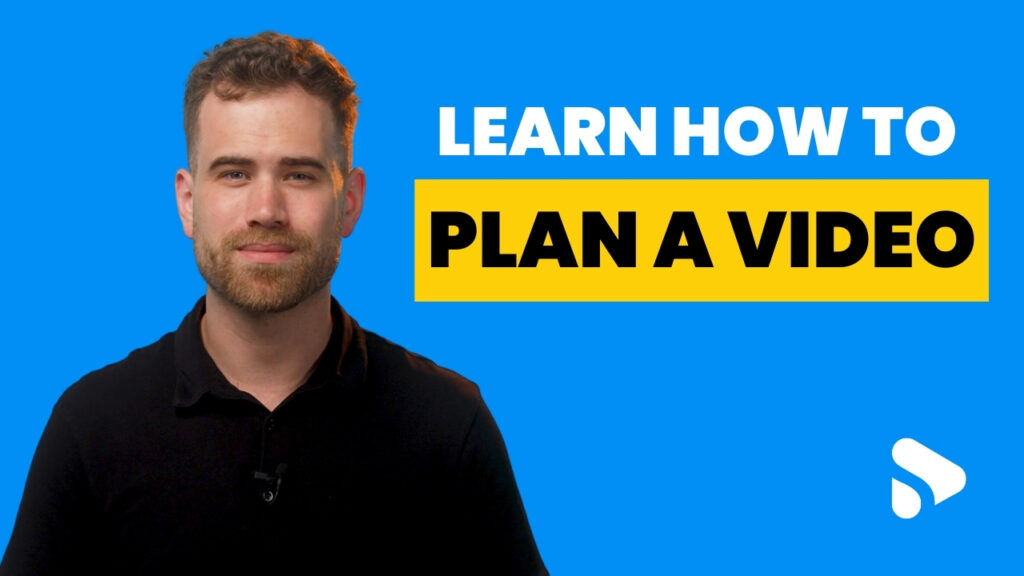Approval of its COVID-19 vaccine is just one of the scenarios AstraZeneca has harnessed video with success
It was the announcement of AstraZeneca’s COVID-19 vaccine being approved that really showcased the value of the pharmaceutical company’s investment into video.
“The vaccine approval was an event we knew was coming but we weren’t sure when the government would announce it. And we knew we needed to respond,” AstraZeneca Australia head of communications, Melissa Millard, told CMO.
“We’re bound by the Therapeutic Goods Act, which means we’re not allowed to communicate directly with the public about any of our medicines, including vaccines. However, when there are significant regulatory milestones, we are permitted to do something. This was clearly a significant regulatory milestone and important in light of the global pandemic.
“Today, everyone has an opinion on AstraZeneca and wants to ask about what is going on. We had to respond quickly to being in the public eye, not just with our key customers or doctors.”
Given such media and public interest, having a facility to give AstraZeneca’s country president, Liz Chatwin, the ability to respond quickly and professionally, was paramount. Video became the primary method of connecting with the Australian media and public following the Australian Therapeutic Goods Administration’s approval of the vaccine.
Millard’s team set up a meeting room as an in-house broadcast studio, commandeering an AstraZeneca media wall, lighting, sound equipment, mixer, camera operator and Zoom and holding a virtual press conference around the vaccine approval announcement. Communications revolved around one-to-one interviews.
Millard said it was the first time AstraZeneca had been able to use video to make important external connections. The set-up was backed by the pharmaceutical company’s investment into the Shootsta video editing and production platform.
“Things were happening so quickly. Doing a real-life conference is hard to do anyway, let alone during that time [of COVID-19 restrictions]. Getting media to one location is logistically challenging,” Millard said. “Developing something so professional with the help of Shootsta was so important. It wasn’t something we were thinking of even six months earlier.
“We could present a very professional image while doing those interviews… It was really important for us to showcase the company’s professionalism and be responsive to what media needed.”
Building confidence in video
The Australian arm of AstraZeneca began using Shootsta back in 2018 in communications and marketing activities. It’s since been adopted by departments across the organisation including HR, sales, development and events.
Shootsta provides a tech platform and suite of apps and professional services to help scale video content. The business now operates in five markets – Australia, Singapore, Hong Kong, the UK and the US – and has 350 clients.
“As with lots of organisations, there was a lot of communication channels and opportunities to be talking to people, but it was difficult to get cut through,” Millard explained. “Sometimes, you’re trying to explain quite complex procedures, concepts or just information to groups of people, and it’s hard to do with an email. If you do a face-to-face, it can be difficult to ensure all have participated.
“By doing things on video, it’s made it much easier to get the same information out to everyone. We also we use Workplace as our key internal communications channel, which is like Facebook for work. Video lends itself well there too.”
Some content is what Millard described as “quick and dirty” pieces people record on their own phones, using the Shootsta platform to edit and then upload. AstraZeneca also creates video with a far more professional approach, such as when its COVID-19 vaccine was approved in Australia, and which involved a Shootsta camera team.
“Having the ability to draw on Shootsta as a platform and mainly editing things ourselves through to full broadcast facilities, both in our office as well as out in the field, has been fantastic,” Millard said.
From an internal engagement perspective, video is now servicing a key role in helping communicate news and innovations across the business, such as sharing information and celebrating achievements like diversity within AstraZeneca.
“It’s also been a good way of having people feel connected,” Millard continued. “People were scared of using video, worried about quality and doing it on their phones. Shootsta removed that fear factor and opened it up as a tool for so many more people – it means we get more participation from the organisation.”
For example, Millard said a recent call out for a fundraising activity to support people with lung cancer saw staff doing a 30-second video challenge. Footage was then sliced into a video shared internally.
“Because people are so much more comfortable using their phones to record and know what the output looks like, we get greater participation across the workforce and that connecting and sharing across teams. It’s also great for training,” Millard said.
Another key use case is enabling more enterprise awareness. With both a commercial business as well as manufacturing arm making respiratory medicines, video communications has become a mechanism delivering more interaction and understanding of experiences across divisions.
For Millard, democratising video is also a great skill to develop as a communications tool for every employee. “It’s the responsibility of everyone in the organisation, not just someone with communications in their title, to be communicating. Using this in cross-functional collaboration is key,” she said.
Measuring impact
Thanks to the unprecedented year experienced, acceptance of video content has accelerated with AstraZeneca’s core doctor customer base. “In the last 12-18 months, everyone has been communicating on a screen far more. As people become more used to seeing each other and themselves on a screen, it has also helped with acceptance of video as a far more common way of communicating on many levels,” Millard commented.
Having had to adapt quickly to respond to the global pandemic, Millard said the last 12 months have not been a time for necessarily putting hard metrics in place around video adoption. But the scope of use was a key indicator of its impact, she said.
“Now that things are settled in some way, we can lift our heads up, look at how that has worked and what we want to take forward.”
Millard also noted the value of data off the platform providing insights around what people have clicked on, what content is resonating, and the types of content they engage with the most. “That helps what informing our ongoing engagement strategy moving forward,” she said.
Use cases continue to crop up. A key one for Millard is continuing to engage and educate healthcare professionals and provide information to the government to help with the COVID-19 vaccination rollout strategy. She also saw further opportunity to use video for communications around its medicines with healthcare professionals.
“We’re also looking at integrating video into how we tell patient stories, and raise awareness of the challenges people face, whether it’s services, better connectivity or access to medicines,” Millard said. “At AstraZeneca, we do a lot of work with directly with patient organisations and support them to tell stories within the organisation. But we haven’t done a lot of showcasing patient stories ourselves. That is something we are looking appropriately and sensitively.
“Video is such a great way of emotively sharing share their story and impact on them. It is something other pharmaceutical companies have been doing for some time.
“And it’s about enabling that engagement more broadly across the organisation. Giving people the comfort to share anything on video, whether it’s a presentation or conversation or bringing their personal lives into the mix, is giving people more confidence and a nice opportunity to connect better as employees. That’s been such a critical consideration in the last year.”
This article was originally posted on CMO.com.au and written by Nadia Cameron from CMO

